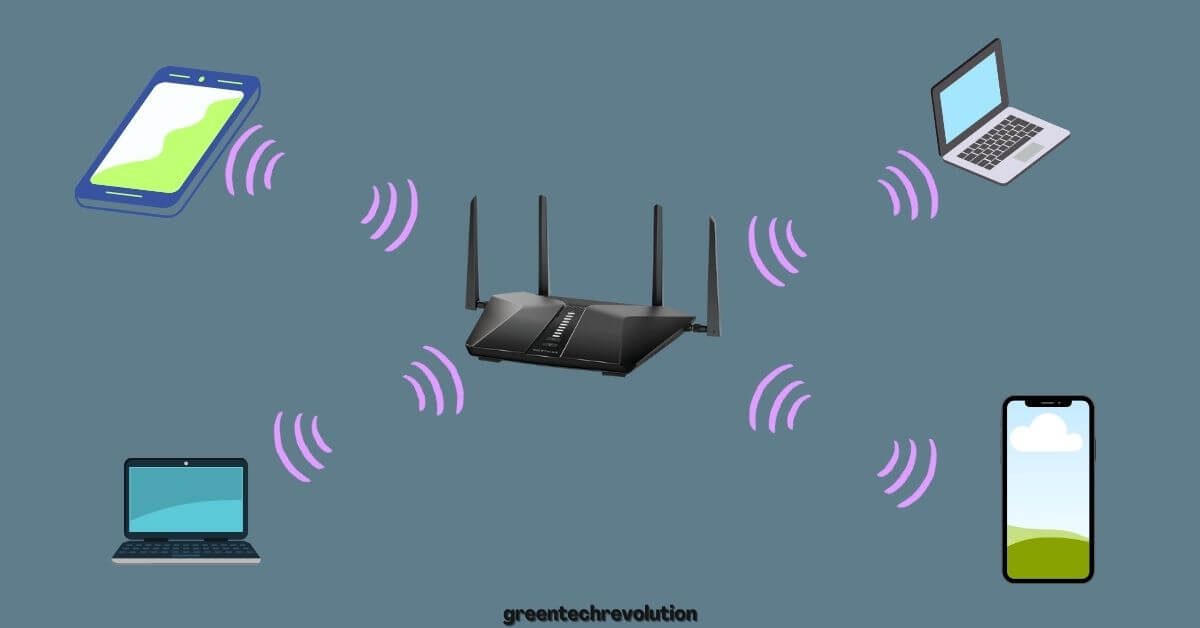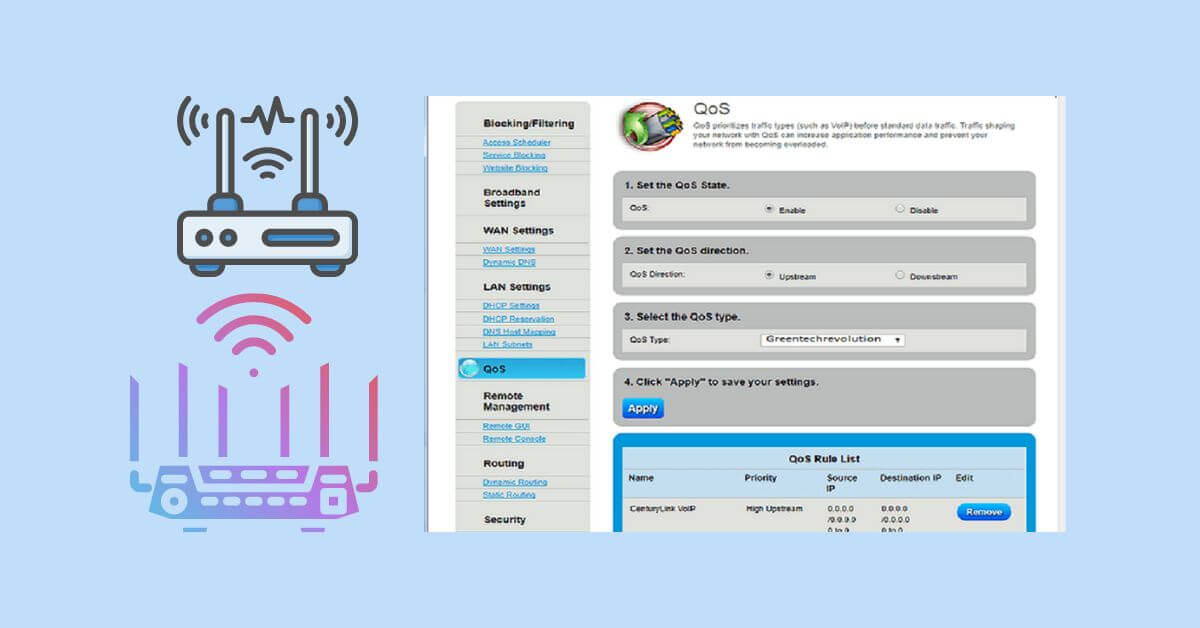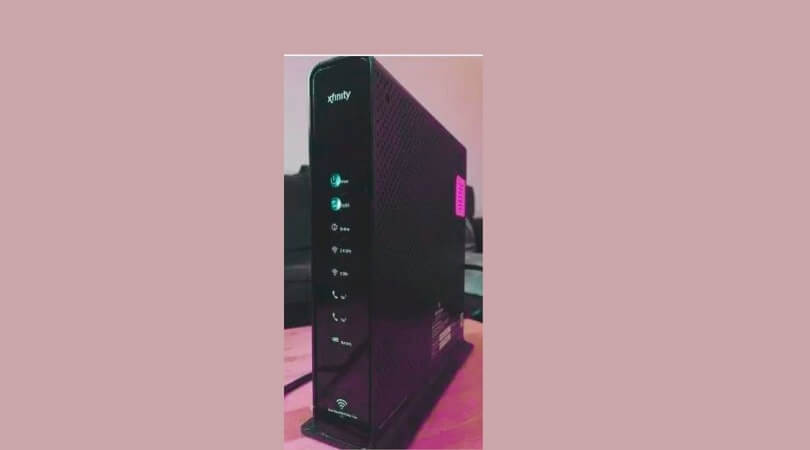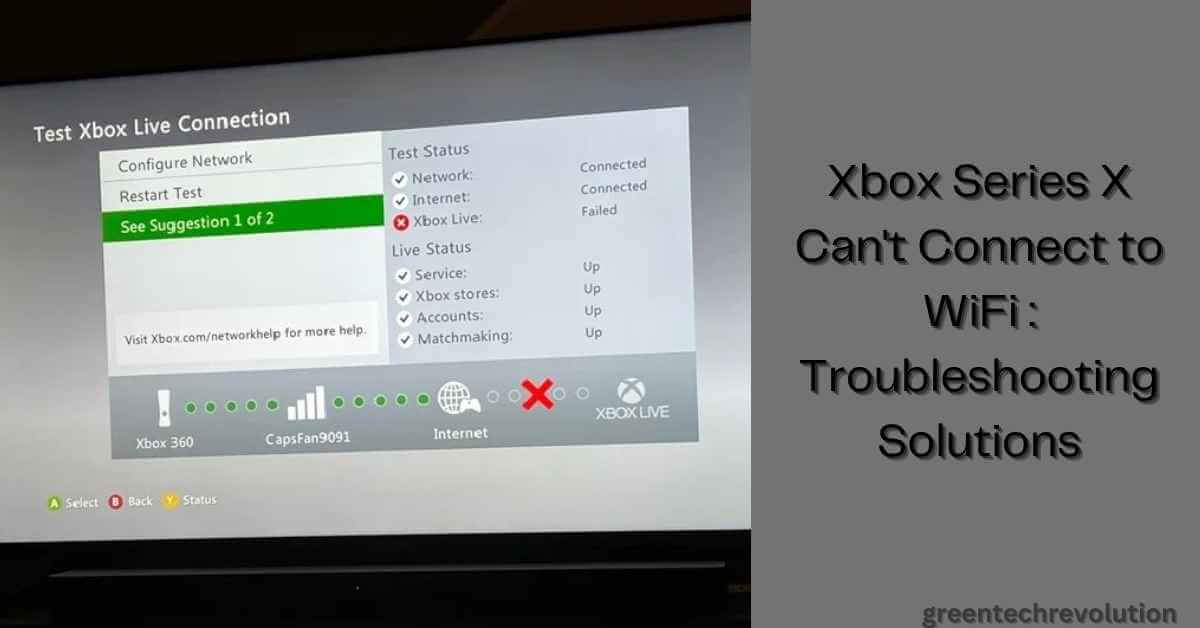In today’s connected world, Wi-Fi has become a necessity. With the increasing number of Wi-Fi enabled devices, the demand for a stable and reliable Wi-Fi connection has become more important than ever before. However, Wi-Fi signal strength can vary depending on several factors, such as the distance between the router and the device, the number of walls between them, and the type of router being used. In this blog post, we will discuss how to extend Wi-Fi router range and improve the signal strength.
10 Ways to Extend Your Wi-Fi Router Range
1. Change Your Wireless Channel
Changing your wireless channel is a simple yet highly effective way to extend your Wi-Fi router’s range. Most routers operate on the 2.4 GHz frequency band, which can become overcrowded with multiple devices and networks in close proximity. This results in slower speeds and poor signal strength, especially if you live in an apartment or densely populated area.
To change your wireless channel, access your router’s configuration page through a web browser and look for the “Wireless” or “Advanced Wireless” settings. From there, switch to a less congested channel such as 1, 6, or 11. You can also use software tools like Wi-Fi Analyzer to scan for nearby networks and identify the least crowded channels.
By changing your wireless channel, you can avoid interference from other networks and boost your Wi-Fi signal strength throughout your home or office. This simple adjustment can make all the difference when it comes to improving your internet speed and connectivity for seamless browsing, streaming, gaming, and more.
2. Upgrade Your Antennas
The key to extending your Wi-Fi router range is upgrading your antennas. A stronger antenna can increase the signal strength and coverage area of your Wi-Fi network. Many routers come with small, omnidirectional antennas that are not powerful enough to cover a large area or penetrate through walls and other obstacles.
Upgrading to a high-gain directional antenna can help you focus the Wi-Fi signal in a specific direction. This type of antenna is ideal for long-range wireless connections because it concentrates the energy in one direction, rather than spreading it out in all directions equally.
Another option is to use a wireless repeater or range extender that picks up the existing Wi-Fi signal and amplifies it before rebroadcasting it to extend its reach. Some routers also offer external antenna jacks that allow you to connect an external high-gain antenna directly to the router for even better performance. By upgrading your antennas, you can significantly improve the coverage and speed of your home network without having to replace your entire router.
3. Place a Repeater or Extender
One of the easiest and most effective ways to extend your Wi-Fi range is by using a repeater or extender. These devices work by receiving your router’s signal and rebroadcasting it, effectively amplifying its reach. When placing a repeater or extender, it’s important to choose a location that is central to the area you want covered. This means avoiding corners or areas with thick walls that can hinder the signal.
When choosing a repeater or extender, consider one that supports both 2.4GHz and 5GHz frequencies for maximum coverage flexibility. Some models also offer additional features such as Ethernet ports for wired connections, making them ideal for gaming consoles or smart TVs.
Once you’ve chosen your device and location, follow the manufacturer’s setup instructions carefully to ensure optimal performance. With this simple solution, you can enjoy strong Wi-Fi coverage throughout your home without having to invest in costly network upgrades.
4. Achieve optimal routing placement
Optimal routing placement is crucial when it comes to extending the range of your Wi-Fi router. The positioning of your router can affect the strength and stability of your network signal, ultimately affecting internet speed and connectivity. Therefore, it is essential to find a spot for your router that maximizes its reach and improves overall performance.
One way to achieve optimal routing placement is by placing the router in a central location within your home or office. This helps ensure that the signal reaches all corners of the space evenly. Additionally, keep in mind that walls and other obstacles can weaken or block signals, so it’s best to avoid placing the router behind large furniture pieces or thick walls.
Another important factor to consider when finding an ideal spot for your router is interference from other devices. Other electronics such as microwaves, cordless phones, and even baby monitors can interfere with Wi-Fi signals, causing disruptions in connectivity. As much as possible, place your Wi-Fi router away from these devices to reduce interference and improve signal strength.
5. Upgrade Your Router
If you are using an old router, it may not have the latest Wi-Fi technology, which could be a reason for the weak signal. Upgrading to a newer router with the latest Wi-Fi standards, such as Wi-Fi 6, can improve the signal strength and range. Wi-Fi 6 routers have a wider range, better speed, and can handle multiple devices at once.
Another factor to consider when upgrading the router is the number of antennas. A router with more antennas can provide better coverage and range. Also, a router with a higher power output can increase the signal strength.
6. Use Wi-Fi Extenders
A Wi-Fi extender is a device that connects to your router and re-broadcasts the signal to extend the range. Wi-Fi extenders are easy to set up and can be placed anywhere in the house where the signal is weak.
When using a Wi-Fi extender, it is important to place it in an area where the signal from the router is strong enough to be amplified. Also, the extender should be placed within the range of the router but far enough to cover the dead zones.
7. Use a Mesh Network
A mesh network is a system of multiple routers that work together to provide seamless Wi-Fi coverage throughout the house. Mesh networks are ideal for larger homes and areas with multiple floors.
In a mesh network, the main router is connected to other satellite routers placed throughout the house. The satellite routers communicate with the main router and with each other to create a network of Wi-Fi coverage. Mesh networks are easy to set up, and the system automatically manages the connection to provide the best coverage.
8. Use a Powerline Adapter
A powerline adapter is a device that uses the electrical wiring in your house to extend the Wi-Fi signal. A powerline adapter consists of two adapters, one that plugs into an electrical outlet near the router and the other that plugs into an outlet in the area where the signal is weak.
The adapters communicate with each other through the electrical wiring, creating a network that extends the Wi-Fi signal. Powerline adapters are easy to set up, and they provide a stable and reliable connection.
9. Optimize Your Wi-Fi Settings
Optimizing your Wi-Fi settings can improve the signal strength and range. One way to optimize the Wi-Fi settings is by changing the channel. By default, routers use channel 6, which can be crowded and lead to interference. Changing the channel to a less crowded one can improve the signal strength. Another way to optimize the Wi-Fi settings is by changing the Wi-Fi band. Most routers have two bands, 2.4GHz and 5GHz. The 2.4GHz band has a longer range, but the 5GHz band is faster. By switching to the 5GHz band, you can get faster speeds and better performance, especially for devices that are closer to the router.
Another Wi-Fi setting to optimize is the Quality of Service (QoS). QoS is a feature that allows you to prioritize certain devices or applications on your network. By setting a higher priority for devices or applications that require a stronger signal, you can improve the signal strength for those devices.
10. Use Wi-Fi Analyzing Tools
Wi-Fi analyzing tools can help you identify areas in your house where the signal is weak. These tools can provide information about the signal strength, the channel being used, and the number of devices connected to the network.
One such tool is NetSpot, which can create a heatmap of your Wi-Fi coverage and identify dead zones. Other tools include WiFi Analyzer, InSSIDer, and Acrylic Wi-Fi Home.
Final Thoughts
Finally, maximizing signal strength is key to extending your Wi-Fi router range. There are several ways to achieve this, including upgrading your router’s firmware, adjusting the antenna placement and orientation, and using a Wi-Fi extender or repeater. It’s also important to minimize interference from other devices by locating your router away from potential sources of interference like microwaves or cordless phones.
Upgrading your router’s firmware can improve its performance and increase its range. You can check for updates on the manufacturer’s website or through the router’s settings menu. Adjusting the antenna placement and orientation can also make a big difference in signal strength. Experiment with different positions until you find one that works best for you.
Using a Wi-Fi extender or repeater is another effective way to extend your router’s range. These devices pick up the existing wireless signal and rebroadcast it, amplifying it in the process. Some models even come with additional Ethernet ports so you can connect wired devices as well. By following these tips, you’ll be able to maximize your signal strength and enjoy faster speeds throughout your home or office.













Leave a Reply
You must be logged in to post a comment.